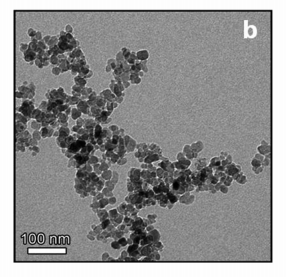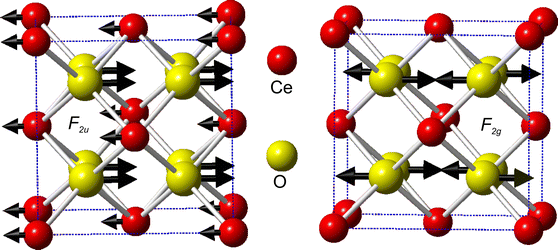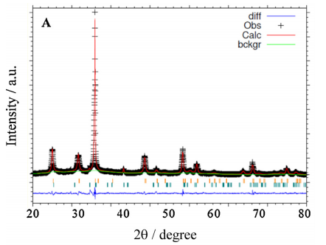
Heterostructure formation from hydrothermal annealing of preformed nanocrystals
Abstract: One of the primary challenges in obtaining heterostructures is control of the morphology and surface features of the components that are suitable for a specific application. In this sense, the use of preformed nanoparticles as building blocks is interesting. However, to create heterojunctions between preformed nanoparticles, a further calcination step is usually needed that can result in changes in nanoparticle morphology and surface chemistry. Therefore, the main goal of this study was to explore collision-induced heteroaggregation and oriented attachment under hydrothermal conditions to obtain heterostructures from preformed nanoparticles without further thermal treatment or addition of capping agents. We use anatase TiO2 and rutile SnO2 nanoparticles as a model system. A kinetic model based on a diffusion-controlled reaction is adapted to describe the process. For tracking charge migration across the interface and, consequently, heterojunction formation, we employ an indirect method based on the detection of hydroxyl radicals formed over a semiconductor during UV radiation. The rate of hydroxyl radical formation is directly proportional to the photogenerated charge lifetime, which, in turn, depends on the number of heterojunctions formed. The insights presented here suggest the possibility of obtaining the benefits of heterostructures by using nanoparticles with controlled morphology and surface characteristics.
Author(s): de Mendonca, VR; Dalmaschio, CJ; Leite, ER; Niederberger, M; Ribeiro, C
JOURNAL OF MATERIALS CHEMISTRY A
Volume: 3 Pages: 2216-2225 Published: 2015
PDF: Heterostructure formation from hydrothermal annealing of preformed nanocrystals
DOI: 10.1039/c4ta05926c




